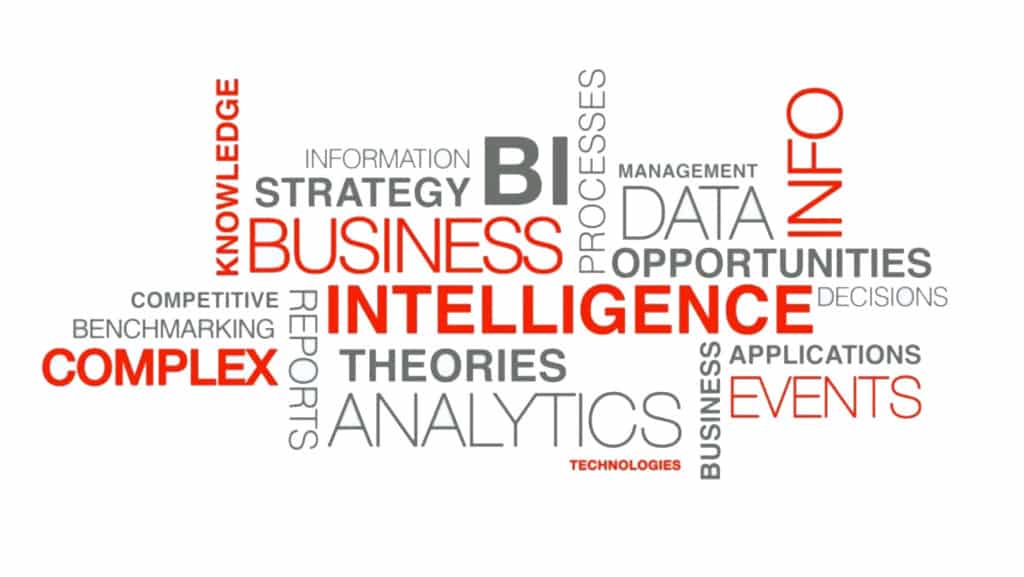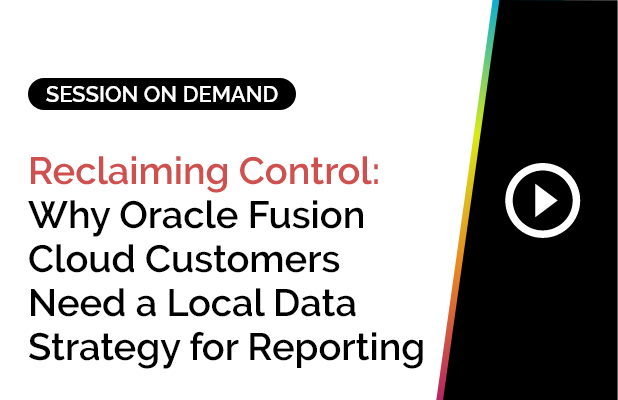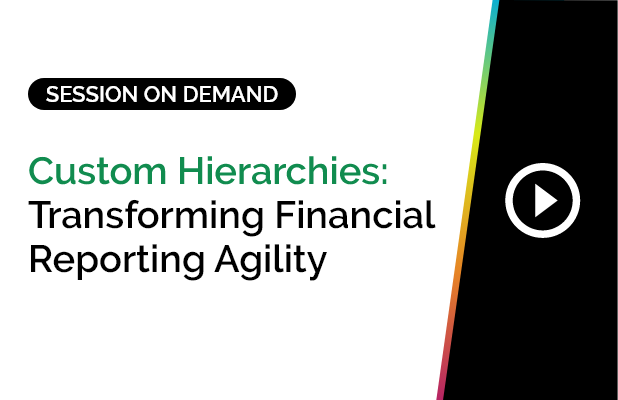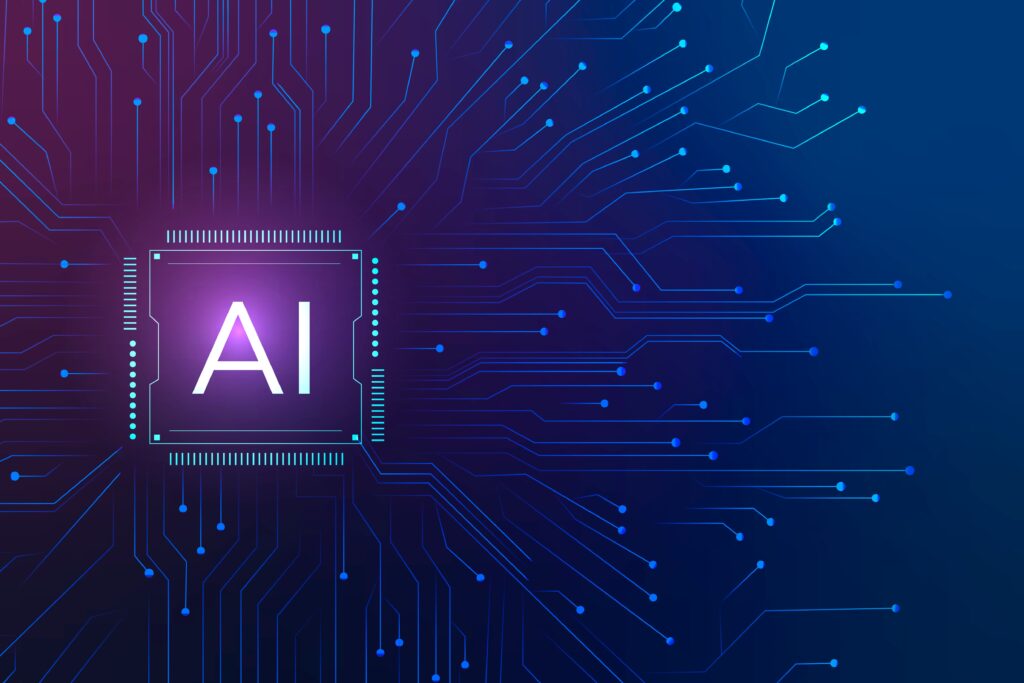There is a lot of talk about Mode 1, Mode 2 and Bimodal BI
So, what is BI? When I started in the 80s, despite the term BI not being invented, there were many companies that were using true BI solutions to derive business benefits. In those days, measuring the benefit was quite simple: improvement on the bottom line. Companies that were leading the way came from the Consumer Packaged Goods and Pharmaceutical industries, companies like Unilever, Proctor & Gamble, Glaxo etc. They all understood Business Intelligence.
Over the next 10 to 15 years, hardware and software would compete to lead the way within IT and gradually BI type solutions became cost-effective for all sorts of organisations. But even then, I don’t believe the term BI was properly defined nor understood.
Let me give you three examples:
Electricity Generating Company
Following the privatization of the electricity generation industry in the UK and at the start of de-regulation in the early 90s, we were engaged to work with one of the major generating companies to develop a pricing system. There was little or no reporting, no dashboards, but we provided information from data measured in 15-minute time slots across all of their customers. This enabled them to calculate pricing tariffs that would guarantee profit margins- even when forward buying. Was that BI?
Central Government Department
Again, it was the early 90s, and again, there were no dashboards and some pretty rudimentary reporting. We were asked to analyse masses of data across a large number of cost centres to enable the government department to allocate a single collective budget on the bases of caseloads, case types, elapsed time to complete cases and payroll costs. Was that BI, may even have been Big Data for its time?
Government Agency
In the mid-90s, a government agency needed to register and track more than 8,000 cases per year. Just collecting that amount of case data, which was primarily text, was an exercise in itself, but then to take the data and present it in a way that enabled the agency to formulate smarter working practices by providing answers to questions that hadn’t even been thought of, now that was an effort! Nowadays, I guess this would be handled by a document management system, but it provided the agency with real intelligence!
I don’t believe that today, people would consider these to necessarily be BI solutions. If they are, then they are Mode 2, as there was no IT involvement with any of them. However, they certainly provided the organisations with insight that they couldn’t derive otherwise. They stood the test of time with all of the systems surviving for more than 10 years and one of them may even still be in use for all I know, it was as little as 4 years ago.
So, back to the opening question – what is BI?
I posted that same question on various social media channels and here is a cross-section of the responses I received:
“@GrahamESpicer BI is the art of turning raw data into Actionable Intelligence @EiSTechnologies @SplashBI “
@GrahamESpicer BI empowers you to make decisions about your organization at the right place and time to improve your operational efficiency.
“The phrase “I know it when I see it.” was famously used in 1964 by US Supreme Court Justice Potter Stewart to describe his threshold test for obscenity. I believe a lot of people would use the same phrase for describing Business Intelligence (BI). I believe business intelligence is the transformation and correlation of data into useful information. Once the useful information is organized and used routinely, it becomes a report. Part of BI is the discovery and flexibility of manipulating data and information to refine it utility. “
“Having a much shorter career in this industry and interacting with other experts as extensively as you, the answer that I have come up with is that BI is the fastest solution to a company’s roadmap. Without it, it is easy to get lost on the way to success. “
“To me, it is making sense out of chaos. Taking data from all aspects of the business and transforming it in a way that allows good decision making for the organization.”
“For me Business Intelligence really is Actionable Intelligence which can help me drive my organizations productivity!!”
“Business intelligence should provide data points, in an intelligent format, to enable an organization to make a decision or business change event (proactive event) that will benefit the organization before a standard report tells them that they should have done that business change event three months ago.”
“I personally don’t think that a definition of BI will suffice to answer this question. I think that BI is more aligned with what decisions you can make using it. To some organizations, BI is using information to promote brand loyalty, customer retention, and agility. At the same time, other organizations (or different departments within the same organization) are using BI to gain more visibility into their own operations. With that being said, I agree with John Faucher that using this information to proactively make decisions as opposed to reactive decisions is a major differentiation point for BI and standard reporting.”
Thanks to Brandon Quarles for that last definition, which fits nicely with my own view. For me, BI has always been about providing insights to departments within organisations where they didn’t even know what the question was. I’ve seen many organisations publish a set of requirements for a BI solution, sometime tactical (Mode 2), sometimes enterprise wide (Mode 1) but invariably many of their requirements fall by the wayside as the solution is being developed and equally as many new requirements are unearthed at the same time (bimodal?). For me, however, the pearls normally come some months after go-live with “I would never have thought to ask that” or “who would have thought that our own data could tell us that?”
So I think all of the above are correct to an extent and I believe the question “what is BI?” will continue to be asked for years to come.
Next time let’s talk about the “dumbing down of BI in the late 90s early 00s”.













